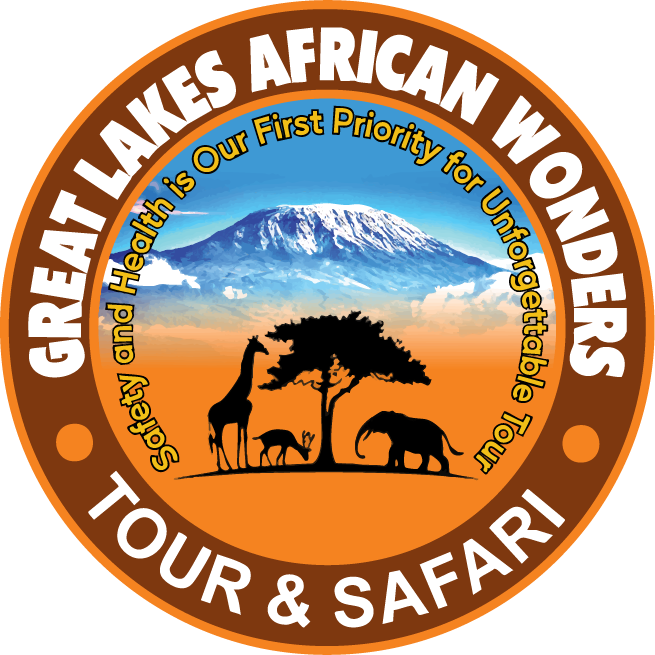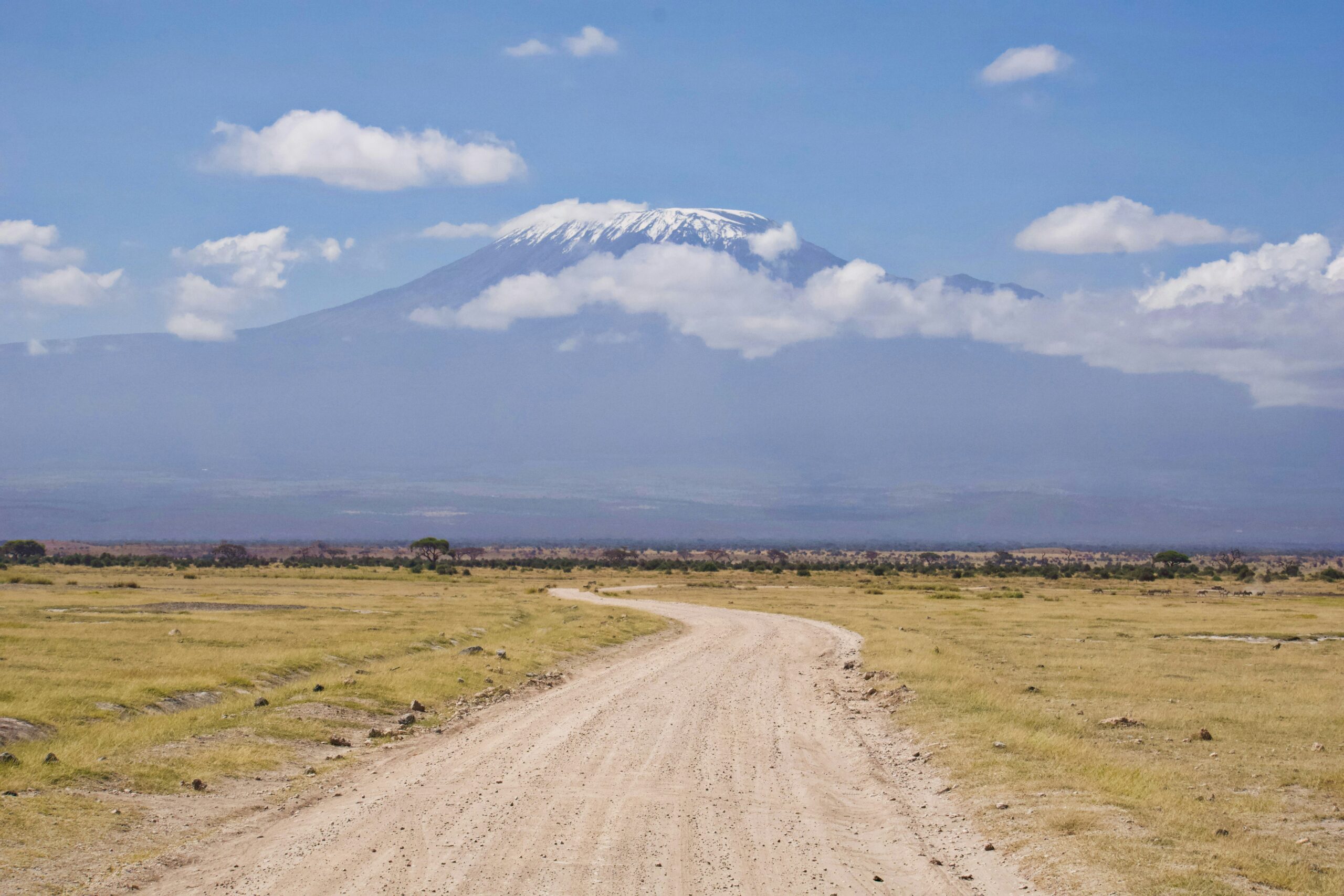7 Days / 6 Nights on the Mountain
Known as the “Whiskey Route,” the Machame Route is one of the most popular and scenic ways to climb Mount Kilimanjaro. Offering varied landscapes, excellent acclimatization, and panoramic views, this route is perfect for adventurous trekkers looking for a rewarding challenge.
Itinerary
Trek through lush rainforest trails with sights of black-and-white colobus monkeys.
Distance: ~11 km | Time: 5–7 hours
Ascend into the heath and moorland zone, with views of Kibo Peak.
Distance: ~5 km | Time: 4–6 hours
Acclimatization day—climb high and sleep low. The trail passes Lava Tower before descending to Barranco.
Distance: ~10 km | Time: 6–8 hours
Conquer the iconic Barranco Wall and trek through glacial valleys.
Distance: ~5 km | Time: 4–5 hours
Final preparation for the summit push. Early dinner and rest.
Distance: ~4 km | Time: 3–4 hours
Summit day! Start at midnight, reach Uhuru Peak by sunrise, then descend to Mweka Camp.
Distance: ~17 km | Time: 12–15 hours
Celebrate as you descend through the forest and receive your summit certificate.
Distance: ~10 km | Time: 3–4 hours
Includes/Excludes
What’s Included
- Airport transfers and 2 hotel nights (pre & post trek)
- Kilimanjaro park entrance and camping fees
- Certified English-speaking mountain guides, porters & cook
- 3 meals per day on the mountain
- Tents, sleeping mats, and portable toilet
- Daily health checks & emergency oxygen
- AMREF Flying Doctors evacuation cover
What’s Not Included
- International flights and Tanzania visa
- Personal gear (can be rented)
- Tips for crew (guidelines provided)
- Travel and medical insurance
- Snacks, beverages, and extra hotel nights
FAQs
The Machame Route is considered moderately challenging. It’s not a technical climb, but you’ll need good physical fitness and mental stamina due to the altitude and long hiking days.
With proper acclimatization and support, the Machame Route has a summit success rate of 85–90% for 7-day itineraries. Taking an extra day improves your chances significantly.
You will camp in high-quality, waterproof tents. Our team provides a mess tent for meals, sleeping mats, and a private portable toilet tent for added comfort.
The best climbing seasons are:
- January to March – Clear, dry weather and fewer crowds
- June to October – Peak season with excellent visibility and stable conditions
Avoid April–May and November due to heavy rains.
Start training at least 8 weeks before your trek. Focus on cardio (hiking, walking, running), strength training, and hiking with a backpack. If possible, do high-altitude hikes.
You’ll need layered clothing for both warm and cold conditions, a good-quality sleeping bag, hiking boots, daypack, rain gear, and personal items. We can provide a detailed packing list and assist with rentals.
Our guides conduct daily health checks and use the “climb high, sleep low” strategy to help with acclimatization. We carry oxygen and can arrange emergency evacuation if needed.
Yes! Great African Wonders is committed to ethical climbing practices. We follow KPAP (Kilimanjaro Porters Assistance Project) guidelines and ensure fair wages, meals, gear, and load limits for our porters.


